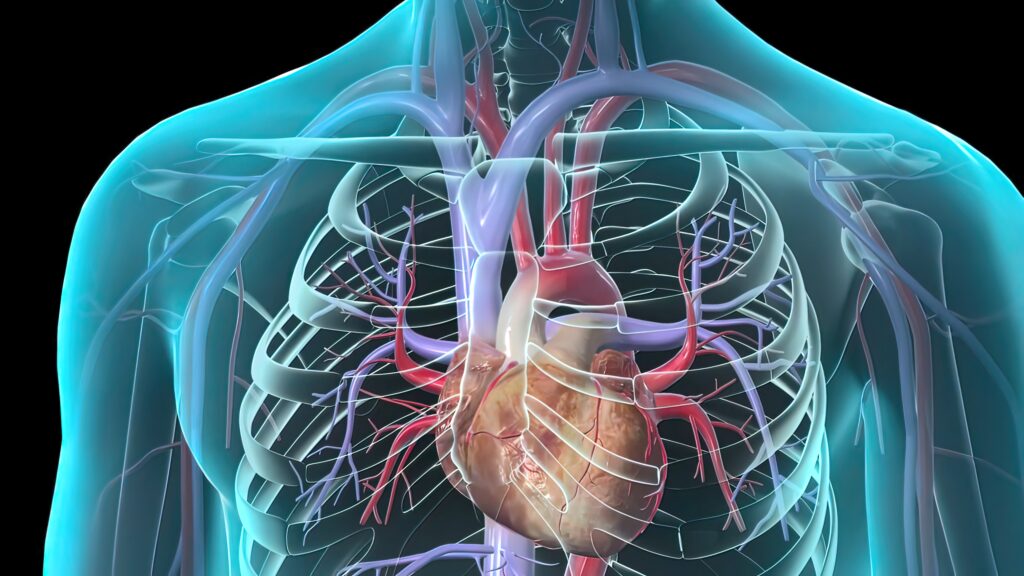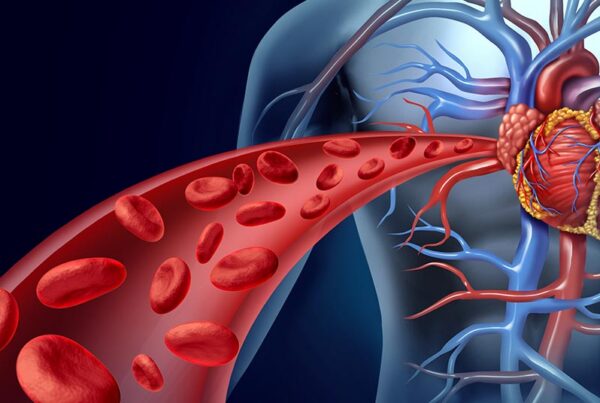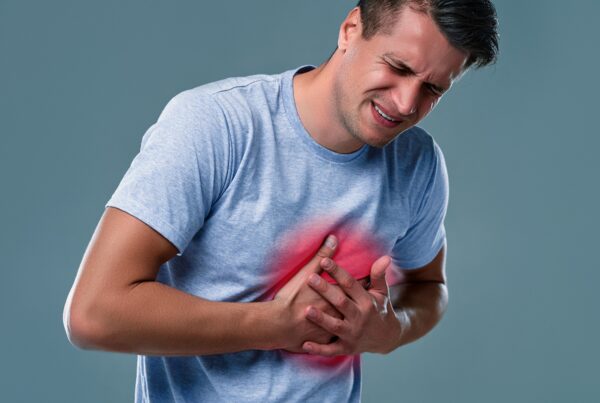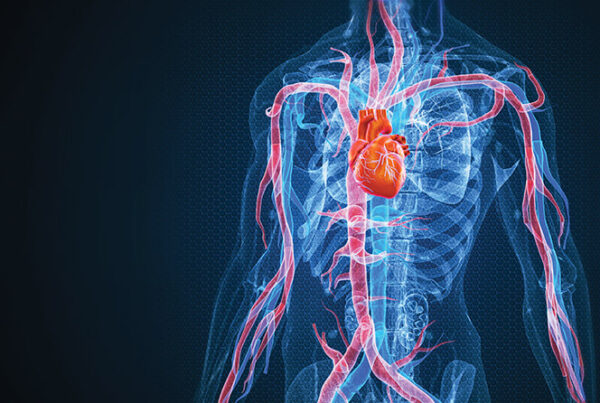The heart, with all its symbolic and functional significance, remains the core of our lives.
It’s the tireless pump, working non-stop to nourish every cell in our bodies.
However, like any complex engine, the heart and its blood vessels can encounter problems that require precise and intricate intervention.
This is where cardiovascular surgery comes in—a remarkable medical specialty that has evolved over decades to offer radical solutions for conditions once considered untreatable.
Through the skill of surgeons and continuous technological advancements, these surgeries enable the restoration of normal heart function, correction of defects, and saving lives, giving patients a new chance for a healthy and active life.
Liva Hospital in Turkey holds an advanced position due to its adoption of the latest methods, such as robotic surgery and minimally invasive surgery, to provide safe cardiovascular surgery.

What is Cardiovascular Surgery?
Cardiovascular surgery is an inspiring story of medical innovation and courage. What began as limited and risky interventions in the early 20th century has evolved into a highly advanced surgical specialty.
Healing from serious heart diseases was not possible before the invention of the Heart-Lung Machine in the 1950s, which revolutionized the field by allowing surgeons to temporarily stop the heart and operate on it in a calm surgical environment.
This invention opened the door to complex operations such as Coronary Artery Bypass Graft (CABG) surgery and heart valve repair and replacement.
Developments continue at a rapid pace, from minimally invasive techniques to robotic surgeries, significantly reducing recovery time and improving outcomes.
These surgeries require a multidisciplinary medical team, including surgeons, anesthesiologists, perfusionists, and specialized nurses, working in harmony to provide the highest levels of care.
Types of Open-Heart Surgeries
When we talk about heart surgery, the most common term is “open-heart,” which traditionally refers to procedures that require opening the chest to directly access the heart.
These operations are a radical solution for complex heart problems. The most prominent of these operations include:
- Coronary Artery Bypass Graft (CABG): This surgery is performed for patients suffering from severe narrowings in the coronary arteries that supply blood to the heart muscle.
The surgeon takes a healthy blood vessel (usually from the leg, chest, or arm) and uses it as a “bypass” to circumvent the narrowed coronary artery, restoring oxygen-rich blood flow to the heart muscle. This operation can be performed on a beating heart (Off-pump CABG) or using the heart-lung machine. - Heart Valve Repair and Replacement: Heart valves play a crucial role in regulating blood flow within the heart. When these valves are damaged (stenosis or regurgitation), it can lead to heart failure.
Surgeons either repair the damaged valve (e.g., by widening a narrowed valve or repairing leaky leaflets) or replace it with an artificial valve (mechanical or biological) to restore normal heart function. - Aortic Aneurysm Repair: An aortic aneurysm is a weakness in the wall of the aorta, the body’s largest artery.
If this aneurysm ruptures, it poses a fatal risk. Surgery aims to replace the enlarged part of the aorta with a synthetic graft to prevent rupture.
These operations require careful planning and a comprehensive patient evaluation, and their success depends on the surgical team’s expertise and the availability of the latest technologies.
Minimally Invasive and Robotic Heart Surgery
Heart surgery has witnessed a real revolution with the advent of minimally invasive cardiac surgery and robotic surgery.
These techniques not only reduce the aesthetic impact of surgery but also significantly improve long-term patient outcomes and reduce the burden on healthcare systems.
These techniques aim to reduce the size of the surgical incision and trauma to the patient’s body compared to traditional open-heart surgery.
- Minimally Invasive Surgery: Instead of fully opening the chest, these operations are performed through small incisions between the ribs, or through a small incision in the upper part of the sternum.
These techniques can be used to repair and replace valves, or to perform coronary bypass operations in some cases.
They are characterized by a shorter recovery period, less post-operative pain, and lower risk of infection. - Robotic Surgery: Robotic surgery represents the pinnacle of development in minimally invasive heart surgery.
The surgeon uses an advanced robotic system that provides a magnified 3D view of the surgical area and precise instruments that move deftly inside the chest through very small incisions.
This gives the surgeon extreme precision and flexibility, allowing for complex operations such as mitral valve repair and even some coronary bypass operations.
Liva Hospital in Turkey, for example, adopts the latest of these technologies to ensure the best patient outcomes and significantly reduce recovery time.
Vascular Surgery for Artery and Vein Treatment
Vascular surgery is not limited to the heart alone but also includes arteries and veins throughout the body.
Vascular surgery is crucial for maintaining proper blood flow and reducing the risk of complications such as strokes or limb amputations.
These surgeries aim to treat diseases that affect blood flow and cause serious health problems.
- Peripheral Artery Disease (PAD): Occurs when fatty plaques build up in the arteries of the legs or arms, limiting blood flow.
Surgical treatments for this condition include Bypass Surgery to bypass the blocked artery, or Endarterectomy to directly remove the plaque from the artery. - Abdominal Aortic Aneurysm (AAA): This is an enlargement in the lower part of the aorta that passes through the abdomen.
It is treated surgically either by open surgery to replace the enlarged part, or by Endovascular Aneurysm Repair (EVAR), where a covered stent is inserted into the artery to repair the aneurysm without major open surgery. - Carotid Artery Disease: Narrowings in the carotid arteries that supply blood to the brain can increase the risk of stroke.
These conditions are often treated by Carotid Endarterectomy to remove plaque, or by carotid artery stenting. - Varicose Veins: Although less serious, varicose veins can cause pain and discomfort. They are treated by surgical procedures such as Ligation and Stripping, or by minimally invasive procedures such as laser or radiofrequency ablation.
Preparing for Surgery and Recovery Period
Preparation for cardiovascular surgery and the recovery period represent a vital part of the patient’s journey towards healing.
The preparation phase begins with a comprehensive patient assessment, including blood tests, an electrocardiogram, X-rays, and sometimes angiography.
The surgeon and medical team discuss the potential risks and benefits of the operation with the patient and their family and provide them with detailed instructions on how to prepare, including stopping certain medications and making lifestyle adjustments.
After surgery, the patient is usually transferred to the Intensive Care Unit (ICU) for close monitoring.
Pain is controlled and medications are carefully managed. As the condition stabilizes, the patient is transferred to a regular room.
Cardiac Rehabilitation begins early, where the patient is encouraged to gradually move and perform light exercises under the supervision of physical therapists.
Rehabilitation also includes education on healthy lifestyle, nutrition, medication management, and psychological support.
Recovery time varies from patient to patient, but adherence to post-surgical instructions and active participation in the rehabilitation program significantly contribute to a rapid and complete recovery.

Potential Risks and Complications
Like any major surgical procedure, cardiovascular surgery carries a set of potential risks and complications, although medical advancements have significantly reduced their occurrence.
It is essential for patients to be aware of these risks to make informed decisions. Common risks include:
- Bleeding: May occur during or after surgery.
- Infection: At the surgical site or inside the chest.
- Blood clots: Can form and travel to the lungs (pulmonary embolism) or brain (stroke).
- Heart attack or stroke: Due to complications related to surgery.
- Heart rhythm disturbances (Arrhythmias): Such as atrial fibrillation.
- Kidney failure or other organ failure: As a response to surgical stress.
- Anesthesia problems: Adverse reactions to medications used in anesthesia.
Conclusion
Cardiovascular surgery has come a long way, evolving from rare and dangerous procedures to a fundamental pillar in the treatment of complex heart diseases.
Advanced surgical techniques, such as minimally invasive and robotic surgery, along with comprehensive rehabilitation programs, open new horizons for patients to restore their health and quality of life.
The commitment to scientific research and technological development in institutions like Liva Hospital and other leading global centers ensures that hope remains within reach for everyone who needs a healing touch for their heart and blood vessels.
With every advancement, we take a step closer to a future where more people enjoy healthy, vibrant hearts.
Frequently Asked Questions
Can open-heart surgery be avoided in all cases?
No, not in all cases. While minimally invasive and catheter-based techniques offer an effective alternative for many patients, complex cases such as severe multi-vessel blockages may still require open-heart surgery as the best treatment option.
How long does the recovery period take after heart surgery?
Recovery time varies significantly depending on the type of surgery and the patient’s general health. Patients who undergo open-heart surgery may need 6-12 weeks for full recovery.
Should I change my lifestyle after heart surgery?
Yes, lifestyle changes are essential after heart surgery to maintain long-term heart health and prevent future problems. This includes following a healthy diet, regular physical activity, quitting smoking, and managing stress.
What is the importance of cardiac rehabilitation after surgery?
Cardiac rehabilitation is extremely vital. It is a structured program that helps strengthen the heart, improve physical fitness, educate the patient about managing their health condition, and provide psychological support.
Can heart surgery be performed on elderly patients?
Yes, age alone is not an absolute contraindication for heart surgery. Elderly patients are carefully evaluated to determine their physical fitness for surgery and potential risks, and in many cases, surgery can be successfully performed for them.
What is the difference between heart surgery and vascular surgery?
Heart surgery focuses on treating problems with the heart itself (such as coronary arteries, valves, and congenital defects). Meanwhile, vascular surgery focuses on treating diseases affecting arteries and veins in other parts of the body (such as the legs, neck, and abdomen), excluding the heart’s arteries.



